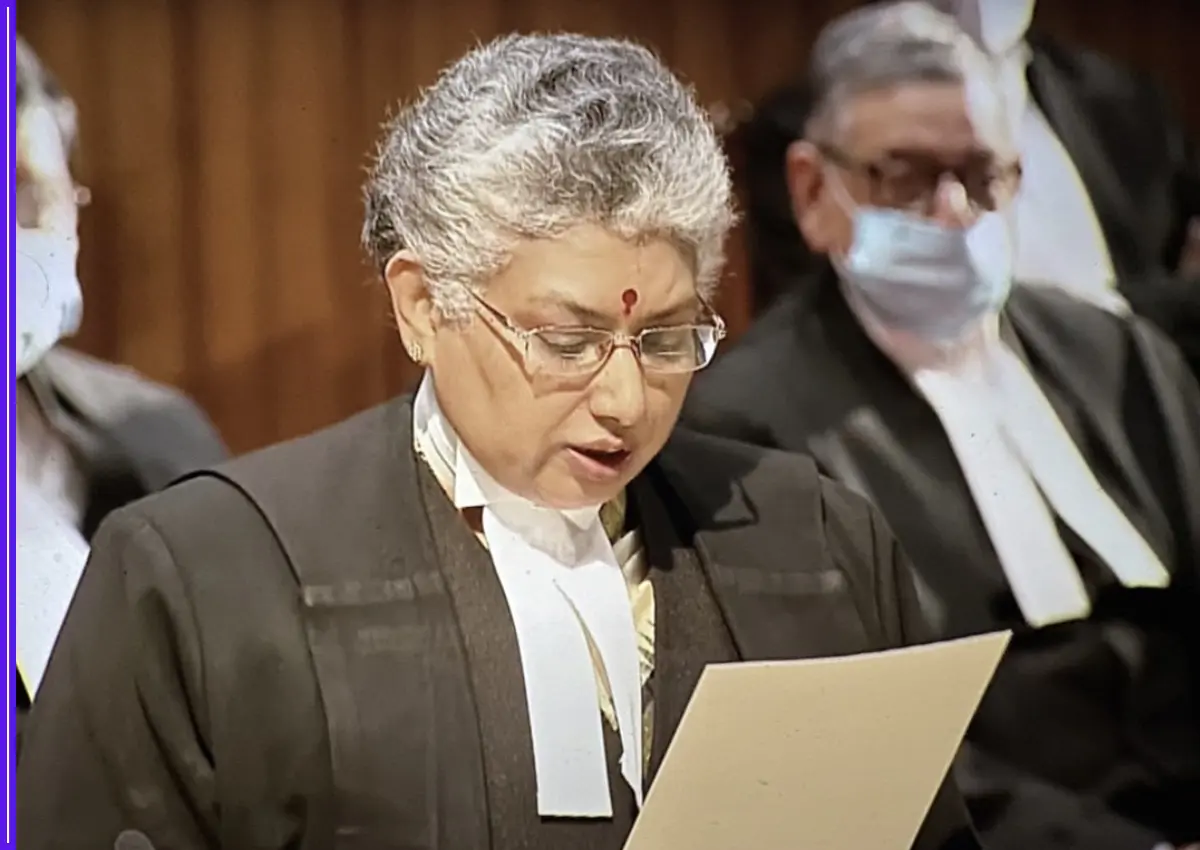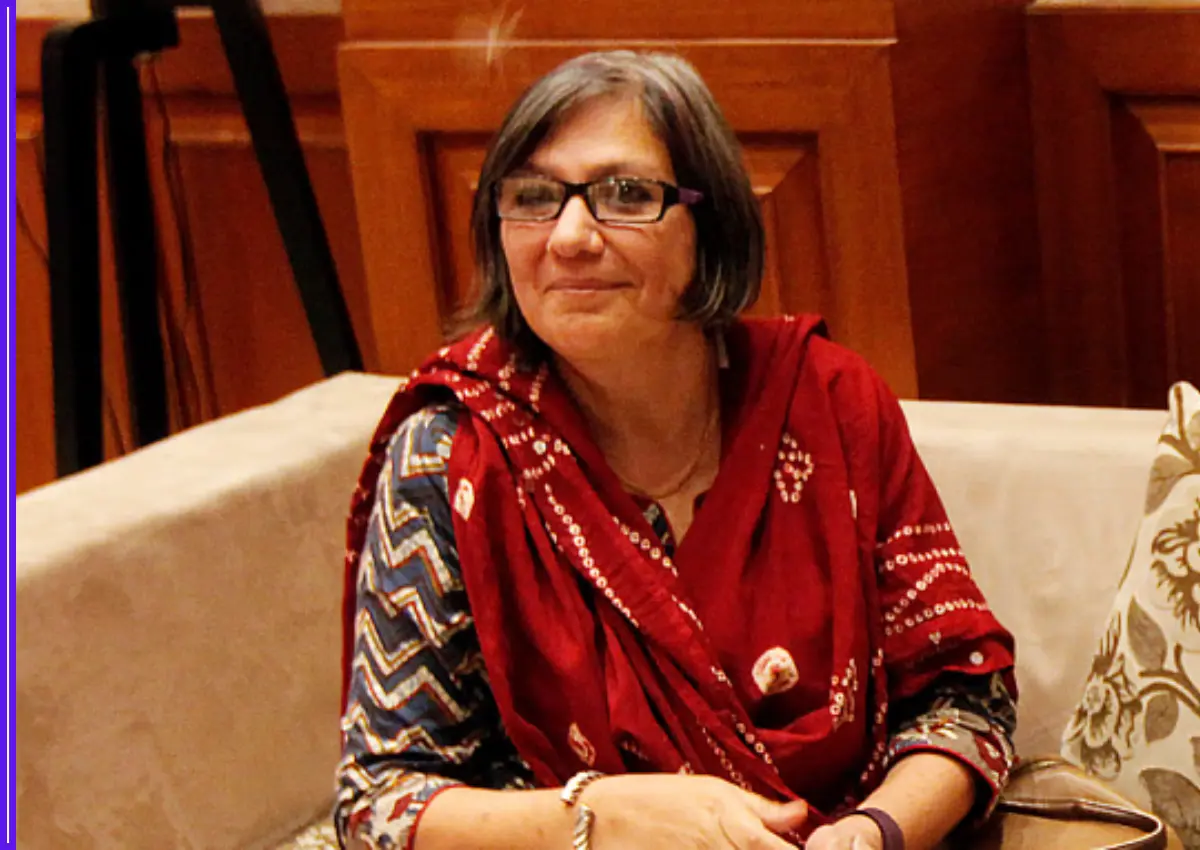Bengaluru/Panipat,In a concerning trend, two unrelated individuals from different parts of India have been diagnosed with lung cancer despite having no known risk factors such as smoking or exposure to tobacco. A 34-year-old IT professional from Bengaluru and a 43-year-old school teacher from Panipat are among a growing number of non-smokers developing lung cancer, raising fresh concerns over environmental and genetic contributors.

Both individuals led what would traditionally be considered healthy lifestyles. They exercised regularly, consumed home-cooked meals, and had no history of smoking or occupational exposure to industrial chemicals. According to doctors familiar with the cases, these profiles represent an increasing subset of lung cancer patients—non-smokers with no obvious cause.
Medical experts believe that rising air pollution, prolonged exposure to fine particulate matter (PM2.5), indoor pollutants like biomass fumes, and possible genetic predispositions are contributing to this shift. In major Indian cities such as Delhi, Bengaluru, and Panipat, air quality regularly falls below safe limits recommended by the World Health Organization.
Dr. Vishal Rao, head and neck surgical oncologist at HCG Bengaluru, stated that in his hospital alone, nearly 30 to 60 percent of lung cancer cases now occur in non-smokers. “Air pollution is increasingly becoming a major culprit, especially in metropolitan regions,” he said.
According to a 2024 report by the Indian Council of Medical Research (ICMR), lung cancer is now the second most common cancer among Indian men and the fifth most common among women. The incidence among non-smokers—particularly urban women—is rising steadily.
The Gujarat Cancer Research Institute in Ahmedabad also revealed that over 4,300 lung cancer patients were treated in just five years, with a growing number of them being women and non-smokers. Doctors there emphasized that many cases present late due to a lack of symptoms or low suspicion in patients with no smoking history.
In Panipat, where industrial emissions contribute significantly to ambient air pollution, the 43-year-old female teacher had no exposure to traditional risk factors. Her case was detected during a CT scan after prolonged coughing and chest discomfort. Oncologists believe her exposure to poor air quality and possible genetic markers may have played a role.
In Bengaluru, the IT professional’s case surprised even his medical team. A routine check-up followed by imaging revealed early-stage adenocarcinoma, the most common lung cancer type among non-smokers. Genetic testing showed an EGFR mutation, which is increasingly being identified in Indian non-smoker lung cancer patients, especially women.
The World Health Organization has previously warned about the link between air pollution and lung cancer, noting that fine dust particles can penetrate lung tissues and initiate cellular mutations even in healthy individuals.
Public health officials are now urging early screening and increased awareness, even among those without smoking habits. Low-dose CT scans are being recommended for individuals who live in high-pollution areas or have a family history of cancer.
Doctors also emphasize the need to bust myths around lung cancer being solely a smoker’s disease. “Non-smokers should be equally vigilant about symptoms like persistent cough, unexplained weight loss, or chest pain,” said Dr. Randeep Guleria, former director of AIIMS, in a statement issued for World Lung Cancer Day.
With India’s air pollution crisis continuing, particularly during winter months, oncologists expect more such cases in the coming years. Experts call for stricter pollution control measures, better indoor ventilation, and increased funding for genetic cancer screening and public health education.
As these cases indicate, even those who follow healthy habits are not immune from cancer risks posed by environmental and hereditary factors.
Diagnosed with Lung Cancer Despite No Smoking or Unhealthy Habits Check out these healty habit.
Lung cancer is often associated with smoking and other unhealthy lifestyle choices, but cases are emerging that challenge this assumption. People with no history of smoking, minimal exposure to pollution, and generally healthy habits are increasingly being diagnosed with lung cancer. These instances serve as a reminder that cancer can affect anyone, and that awareness, early detection, and understanding of risk factors beyond lifestyle choices are crucial.
Understanding Lung Cancer Beyond Smoking
For decades, smoking has been considered the leading cause of lung cancer. According to global statistics, 80-90% of lung cancer cases are linked to smoking, which has shaped public perception and health campaigns. However, researchers have noted a growing number of cases among non-smokers, sometimes referred to as “never-smoker lung cancer.”
These cases may occur due to several factors:
- Genetic Predisposition: Certain gene mutations, such as EGFR or ALK mutations, can increase susceptibility to lung cancer regardless of lifestyle.
- Environmental Factors: Exposure to secondhand smoke, radon gas, air pollution, and occupational hazards can contribute to cancer risk even in people who have never smoked.
- Lifestyle Factors: While diet, exercise, and avoiding smoking reduce risk, they cannot guarantee immunity. Lung cancer can develop silently despite maintaining healthy habits.
Symptoms to Watch Out For
Even non-smokers should be aware of early warning signs of lung cancer. While some symptoms overlap with common illnesses, persistent indicators should not be ignored:
- Chronic cough that does not improve
- Shortness of breath or wheezing
- Unexplained fatigue or weight loss
- Chest pain or discomfort
- Coughing up blood or rust-colored sputum
Early detection is key. Many non-smokers are diagnosed at a later stage because neither they nor their doctors suspect lung cancer initially. Regular check-ups, especially if symptoms persist, are crucial.
Diagnostic Challenges in Non-Smokers
Diagnosing lung cancer in non-smokers can be challenging. Doctors often look for risk factors such as smoking history or exposure to carcinogens, which may not be present in these patients. This can delay proper testing and treatment.
Medical professionals emphasize the importance of advanced diagnostic tools such as:
- Low-dose CT scans for early detection of lung nodules
- Biopsies and molecular testing to identify gene mutations
- PET scans to determine the spread and stage of the cancer
These tools are vital in ensuring non-smokers receive timely and accurate diagnoses.
Causes of Lung Cancer in Healthy Individuals
Even with no smoking or unhealthy habits, lung cancer can develop due to several underlying causes:
- Genetic Mutations: Some individuals inherit mutations that predispose them to cancer. Mutations in EGFR, ALK, or KRAS genes are common in non-smokers diagnosed with lung cancer.
- Environmental Exposure: Radon gas, a naturally occurring radioactive gas found in homes, is a leading cause of lung cancer in non-smokers. Prolonged exposure to air pollution or occupational chemicals (like asbestos) can also increase risk.
- Hormonal Factors: Studies suggest that women may be more prone to certain types of lung cancer despite never smoking, possibly linked to hormonal influences.
- Immune System Factors: A weakened or overactive immune system may fail to detect and destroy abnormal cells early, allowing cancer to develop.
Treatment Options for Non-Smoker Lung Cancer Patients
Treatment largely depends on the type and stage of lung cancer, but non-smoker patients often respond well to targeted therapies. Options include:
- Surgery: Removing the tumor if detected early
- Radiation Therapy: Using focused radiation to destroy cancer cells
- Chemotherapy: Traditional systemic treatment to target fast-growing cells
- Targeted Therapy: Drugs designed to attack specific genetic mutations (common in non-smoker lung cancer)
- Immunotherapy: Boosting the body’s immune system to fight cancer
For patients like Ananya, early intervention and personalized treatment plans significantly improve outcomes.
Prevention and Awareness
While some causes of lung cancer in non-smokers cannot be controlled, awareness and preventive measures can help reduce risk:
- Regular Health Checkups: Especially if you have family history or exposure to environmental risk factors.
- Test for Radon: Homes should be tested and ventilated if radon is present.
- Maintain a Healthy Lifestyle: Balanced diet, exercise, and avoiding pollutants strengthen the immune system.
- Stay Informed: Knowledge about early symptoms and risk factors can lead to timely medical consultation.
Conclusion
Lung cancer in individuals with no smoking history or unhealthy habits is a growing reality. Genetics, environmental exposure, and other hidden factors play a role, making awareness and early detection critical.
Stories like Ananya’s remind us that cancer can strike anyone, and maintaining a healthy lifestyle, while essential, does not eliminate risk entirely. Regular medical checkups, attention to persistent symptoms, and access to modern diagnostic tools are crucial.
By increasing awareness, supporting research, and promoting early detection, we can ensure that even non-smokers receive timely treatment and improve survival outcomes. Ultimately, lung cancer is a complex disease — but knowledge, preparation, and proactive healthcare can make a real difference in the fight against it.









